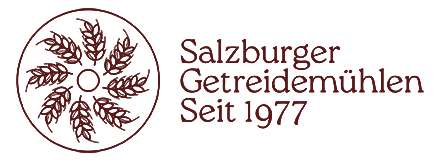
Comparison of nutrient contents of whole grain and non-whole grain cereal products
Anyone who has followed our recent posts knows that we always refer to the DGE or the ÖGE. These are the German and Austrian Societies for Nutrition, respectively. In Switzerland, too, there is an SBU, i.e. the Swiss Society for Nutrition.
With the DACH reference values for nutrient intake, the DGE, the ÖGE and the SGE specify the amounts for daily intake of energy and nutrients as the basis for a complete diet. DACH stands for Germany (D), Austria (A) and Switzerland (CH).
What the SGE recommends regarding cereal products, we have discovered the following: Because under the item cereal products, potatoes and legumes, we can read – as with the DGE and ÖGE – that also the SGE recommends cereals from whole grains to prefer.
A table comparing the nutrient contents of different cereal products provides interesting information, which we will now discuss in more detail. The data are always given for 100 g of the respective product.
To save space, we will not go into all the other products included in the comparison here. However, if you’re interested in what the whole rice vs. white rice or oatmeal vs. crunchy granola looks like, you can get to the chart via the source links.
We hope that the nutrient contents of whole grain and non-whole grain cereal products compared could again show how important whole grain cereal products are.
Sources
http://www.sge-ssn.ch/media/Didacta-Vollkorn-D3.pdf
http://www.sge-ssn.ch/die-sge/ueber-uns/
https://www.dge.de/wissenschaft/referenzwerte/
Table: SWISS NUTRITION VALUE TABLE FOR CONSUMERS, SGE, 2006/NUTRITION VALUE TABLE, SOUCI FACHMANN KRAUT, 2000/PRODUCT INFORMATION
Address:
Gasteigweg 25,
5400 Hallein
Austria
Opening hours:
Monday to Thursday: 09 – 16:00
Friday: 09 – 12:00
Contact:
Phone: +43 6245 83282
E-mail: info@agrisan.at
Address:
Gasteigweg 25,
5400 Hallein
Austria
Opening hours:
Monday to Thursday: 09 – 16:00
Friday: 09 – 12:00
Contact:
Phone: +43 6245 83282
E-mail: info@agrisan.at

